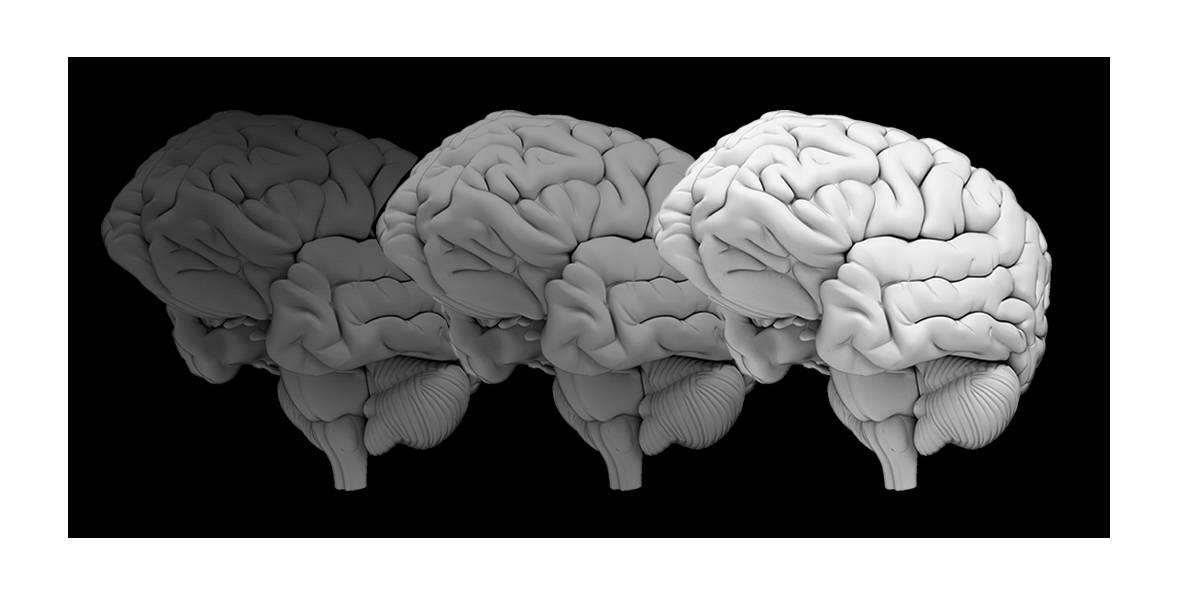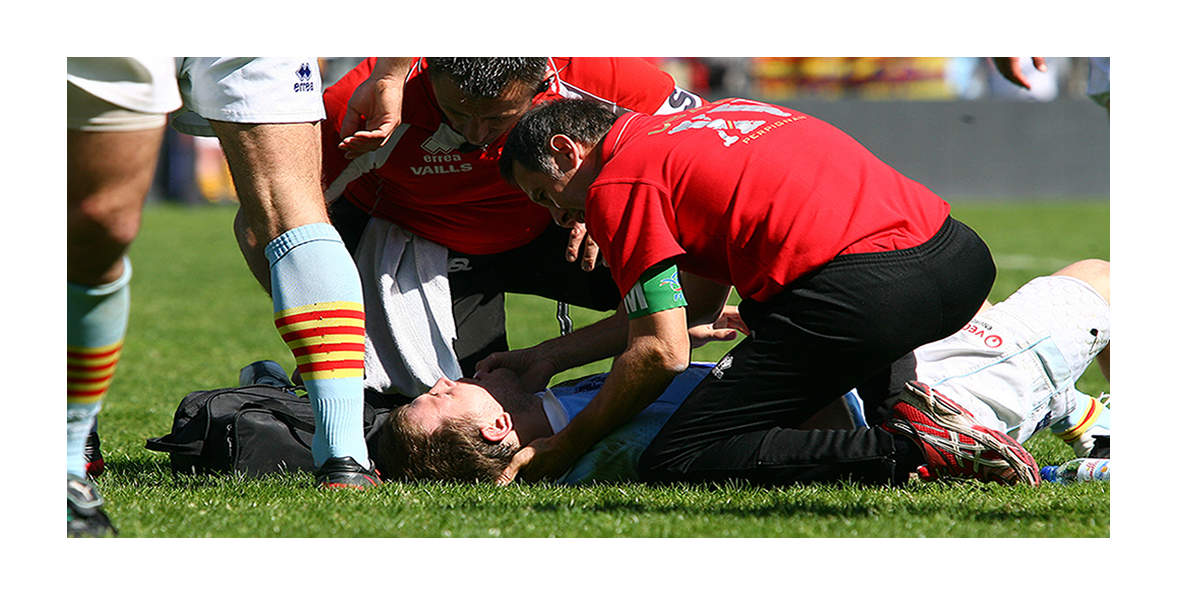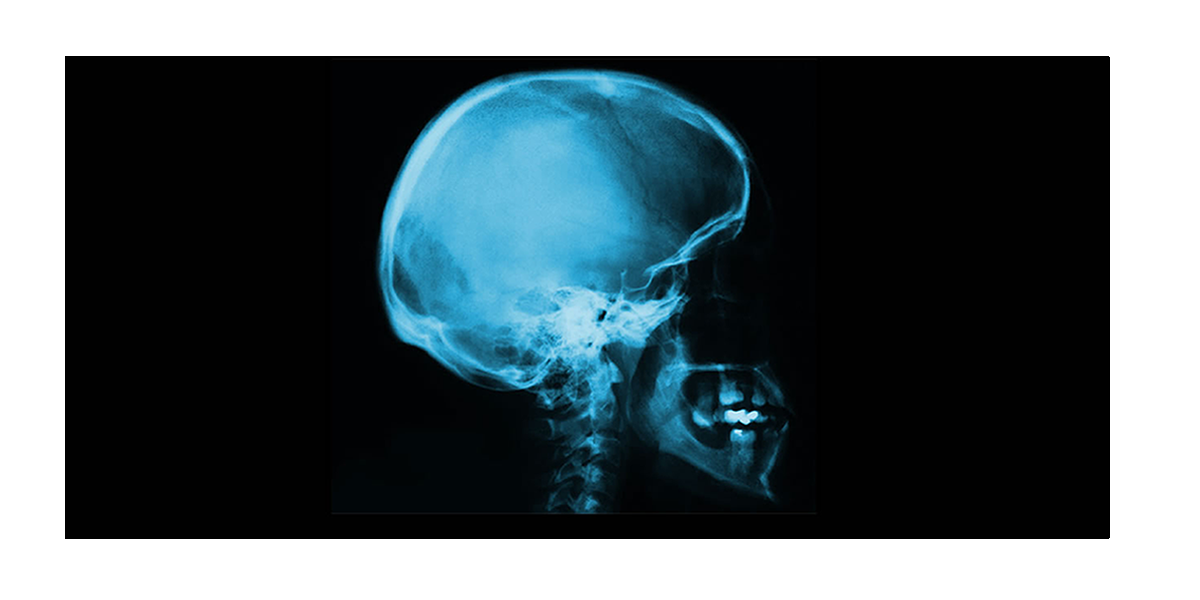|
Super Bowl: the death and exploitation behind the spectacle Mick O'Malley February 3,2014 
The brutal contact in NFL is responsible for potentially deadly brain injuries. Photo: Reuters As an estimated 111.3 million Americans sit down to watch the Super Bowl and the billionaires that own the National Football League count their coin after yet another record-breaking season, ugly accusations are being levelled a the NFL, and the College competition that feeds it. The NFL’s annual revenue of more than $US10 billion ($11.4 billion) is being raked in at the cost of the brain injuries and early deaths of hundreds or even thousands of players, some argue. And the college game is founded on the systematic exploitation of the free labour of young minority men by wealthy whites. “They used to have a name for that,” one outspoken critic, the author Chuck Thomspon, has said bitterly. His view is becoming more common. 
The collisions in NFL are creating big health problems for players in later life. Photo: Reuters It can be hard to explain just how dominant football has become in American sports and entertainment, though the dizzying figures associtated with it tell part of the story. The twenty most watched TV programs in American history are all Super Bowls. The 32 teams that own the National Football League are worth an average $US1.7 billion each. Advertisement
NFL teams occupy 30 places - 60 per cent - of the 2013 World's 50 Most Valuable Sports Teams compiled by Forbes; compared with only seven occupied by soccer teams. Or how about this - you know that moment at the end of the game when the winning coach will be doused in Gatorade by his jubilant team? That is a key part of Gatorade’s $US2.3 billion ten-year sponsorship deal with the NFL. As Gregg Easterbrook wrote in his book The King of Sports, that “is an awful lot of money to get announcers to say the words ‘Gatorade shower’.” There are only two institutions in this country with the power to create almost limitless amounts of money,” said CBS’s Steve Croft in 2012. “One is the Federal Reserve. The other is the National Football League.” Despite this unvarnished success, some new figures show trouble ahead for football. Even while NFL's ratings keep growing, Pop Warner, the sport’s key youth league, has seen a 10 per cent decline in participation over the past three seasons. 
Chicago Bears player Dave Duerson holds up an organ donor card at a memorial service for a team mate. Duerson later took his own life and donated his brain to science. Photo: AFP Ominously for the NFL the decline appears to be caused by the very same thing that is prompting the surge in viewership - the game’s increasing violence. As training methods have been honed, the average player’s size has leapt while his speed on field has been maintained. According to Easterbrook’s book, in the 1967 Super Bowl the Green Bay Packers fielded a defensive line that averaged 115 kilos a player. In 2011 their line averaged 145 kilos. The clashes between these fast moving giants make for dramatic television, but evidence is mounting that it is slowly killing or seriously injuring many players. In 2006 the former Eagles player Andre Waters committed suicide and an examination of his brain revealed he suffered from chronic traumatic encephalopathy, a degenerative brain condition caused by repeated head clashes and only diagnosable by autopsy. Then in 2011 the former player Dave Duerson shot himself carefully in the chest after sending a text message to his family saying he wanted his brain to be used for research at the Boston University School of Medicine, which is conducting research into CTE. In 2012 one of the sport’s most famous linebackers, Junior Seau, followed suit, killing himself with another shot to the chest. Since then evidence of the disease has been found in the brain of nearly every former player studied and just last month a judge rejected a $US760 million settlement agreement between the NFL and thousands of players in a class action as inadequate. "I am primarily concerned that not all retired NFL football players who ultimately receive a qualifying diagnosis or their [families] will be paid," Anita Brody wrote in her ruling. "In the absence of additional supporting evidence, I have concerns about the fairness, reasonableness, and adequacy of the settlement." Judge Brody was concerned that 22,000 former players could be elligble to file claims for CTE, and that $US760 million would not go far in covering them. “For former players like myself, we owe our educations, our careers and many of the joys of our lives to the NFL and the game of football,” wrote a former player, Jack Brewer, for CNBC recently. “Yet the dangers of the sport have become too costly for me to allow even my own son play the game. I know other former teammates feel the same way. It is not worth sacrificing the health of our children, even for the sport we love.” According to Easterbrook, new research shows that the potential for serious injury from head clashes extends from the NFL into the college and high school competitions that feed it. But the College competition, run by the National Collegiate Athletic Association, faces more concerted criticism on another flank. If you want to play in the NFL the only way in is through the college system. And while the NCAA insists it remains a purely amateur enterprise, the figures suggest otherwise. Nearly 30 million people watched the last national championship and ESPN has just paid the NCAA $US7.3 billion to broadcast the college playoffs from 2015 to 2025. More than 100,000 people regularly attend the home games of the major universities and in 2011 the top 11 universities had total athletic department revenues of more than $US100 million. Coaches commonly are paid more than $US1 million a year and the highest paid, Nick Saban of the University of Alabama, earned more than $US5.5 million last year. Amateurism in the NCAA is strictly reserved for the athletes, who are paid nothing. Not only do the players play for free - and risk expulsion if they take so much as a free meal from a prospective NFL employer - the Colleges and the NCAA cash in on their names and images in marketing and merchandising too. In the book The New Plantation author Billy Hawkins undertakes an analysis of players in the top college football and basketball divisions, proving that the free labour is predominantly black. A recent CNN investigation found that many of these student athletes are not even receiving a basic education, with between 7 and 18 per cent of those on basketball and football scholarships reading at a primary school level. Easterbrook reports that one of the college powerhouses, Alabama University, graduated just 62 per cent of its African American footballers in 2012, up from 46 per cent five years earlier. One whistleblower told CNN about how a college athlete came to her for help with reading his press clippings. The NCAA is now facing a move by footballers from Northwestern University to form a union. On Tuesday last week they filed a petition with the Chicago regional office of the National Labour Relations Board. Northwestern’s quarterback Kain Colter has called the NCAA a “dictatorship,” saying, "No one represents us in negotiations. The only way things are going to change is if players have a union." So far the student athletes are not seeking to be paid, rather they want better conditions and medical support. The NCAA is holding firm, saying in a statement, “Student-athletes are not employees, and their participation in college sports is voluntary.” Maybe, but as long as the NCAA and the colleges are making off with billions, calls for their athletes to be paid are growling louder and more insiste  Read about the Human Brain Read about the Human Brain  Brain Games Brain Games
|
Super Bowl: the death and exploitation behind the spectacle
|
|






